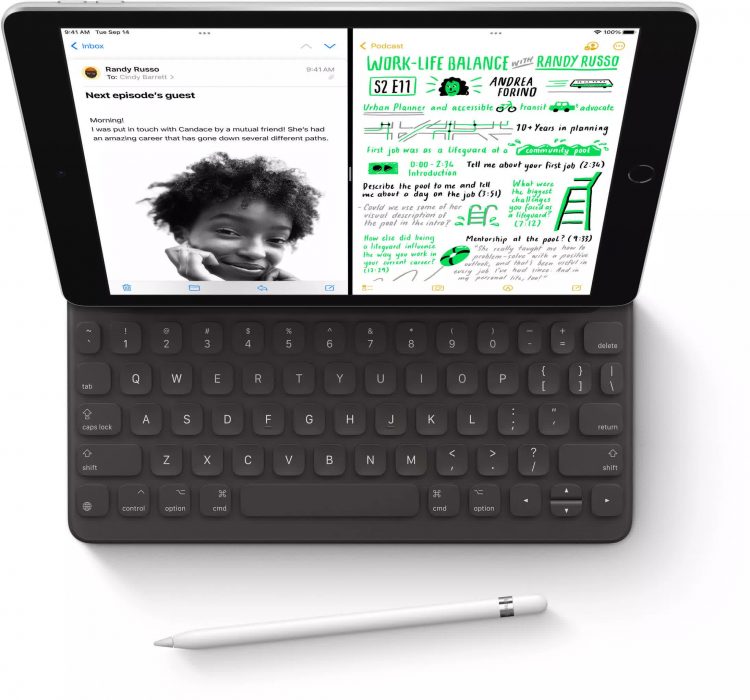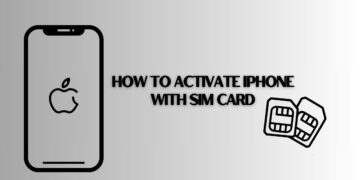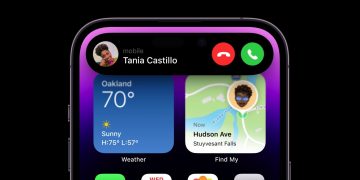If you are considering buying a new tablet or upgrading your iPad after several years, you may find that you have many more options than before. The latest iPad Pro models differ in more than size, the 6th-gen iPad Mini is still around, and the new 10th-gen iPad isn’t a direct replacement to the 9th-gen iPad that’s still on sale, but it is an interesting alternative to the 5th-gen iPad Air.
Before we get to recommendations, and which tablet is best for you, the summary table below can give you a clear snapshot of how current generation iPads vary in terms of price, processing power, accessory support, storage, and cellular options…
Model
iPad (9th)
iPad (10th)
iPad Mini
iPad Air
iPad Pro 11″
iPad Pro 12.9″
Price
$299
$449
$459
$519
$799
$1,099
Display Size
10.2″
10.9″
8.3″
10.9″
11″
12.9″
Processor
A13
A14
A15
M1
M2
M2
Min / Max Storage
64GB / 256GB
64GB / 256GB
64GB / 256GB
64GB / 256GB
128GB / 2TB
128GB / 2TB
Keyboard
Smart Keyboard
Magic Folio Keyboard
n/a
Magic &
Smart Folio
Magic &
Smart Folio
Magic &
Smart Folio
Pencil
1st-gen
1st-gen
2nd-gen
2nd-gen
2nd-gen
2nd-gen
Cellular Option
4G
5G (sub-6GHz)
5G (sub-6GHz)
5G (sub-6GHz)
5G
5G
This guide will help you in choosing the right iPad for you…
The best basic tablet: Get the $300 iPad
As recommended in our Best Tablets guide, if you just want a great tablet for watching video and browsing the web, then you won’t miss anything going with the basic and most affordable iPad, which starts at $329. With luck, you may be able to get it for $299 at places such as Walmart and Amazon.
Updated in late 2021, the 9th-gen iPad is powered by the A13 Bionic chip and 3GB of RAM. This tablet can easily handle iPadOS 16 and any app or game on the App Store.
Its 10.2″ display (2160 x 1620 resolution) has the same 264ppi as the most expensive models, and uses True Tone to automatically adjust brightness and color temperature. The ultra-wide 12MP front camera is the same as in most of the other models. It also supports the 1st-gen Apple Pencil and the Smart Keyboard.
It’s a pretty solid deal for the price, but we can think of a few reasons why the basic iPad may not be enough for you…
The display doesn’t have an anti-reflective coating, so it’s not ideal for use in direct sunlight. If you use your iPad for drawing, you will appreciate the fully laminated display and wider color gamut in most of the other models.
Other features missing from the 9th-gen iPad but that are available in the rest of Apple tablets include: Bluetooth 5.0 and 5G support on the Cellular version. Also, it doesn’t support USB-C, but keeps using the Lightning connector.
Another reason you may decide to upgrade is aesthetics: the 9th-gen iPad is only available with black bezels on either silver or space gray back. Black bezels are less distracting when viewing dark content, but show fingerprints more easily. The rest of the iPad lineup offers slimmer bezels, so that’s less of a problem. The iPad starts at $299 for the Wi-Fi-only version with 64GB of storage, and an extra $150 bumps up your storage to 256GB.
When is the new 10th-gen iPad worth it?
The 10th-gen iPad is a strange beast: in some ways, it’s better than the older but more expensive iPad Air. In others, it’s so much worse that it’s hard to justify the savings.
If you want a tablet that doubles as a low-end laptop, the 10th-gen device has two advantages over the Air: it has the same 12MP front camera but on the long edge, like a laptop rather than a phone, and supports the new Magic Keyboard Folio, which offers function keys as well as a trackpad.

The 10.9″ display (with rounded corners) has the same resolution as the Air, but it’s not laminated or anti-reflective, and only supports the standard sRGB color gamut. More notably, while an improvement over the 9th-gen iPad, the A14 SoC and 4GB of RAM pale in comparison to the M1 and 8GB offered by the iPad Air.
Despite offering a USB-C connector, the 10th-gen iPad only supports the 1st-gen Pencil, which means you’ll need to buy a $9 adapter if you’ve bought the Pencil before the adapter came included in the box. Elsewhere, it supports Bluetooth 5.2 compared to the Air’s 5.0, but no simultaneous dual-band Wi-Fi.
The 10th-gen device starts at $449 with the 64GB Wi-Fi model, and for $150 more you’ll bump that to 256GB of storage instead. Aside from silver, color options include strong shades of blue, pink and yellow, which can make the device stand out without needing a case.
The single-handed iPad Mini
The iPad Mini is one of the largest devices that most adults can comfortably hold in one hand at 7.7″ x 5.3″ (19.5 x 13.4 cm). If you are planning to use your iPad while standing up, then it may be the most sensible choice for you.
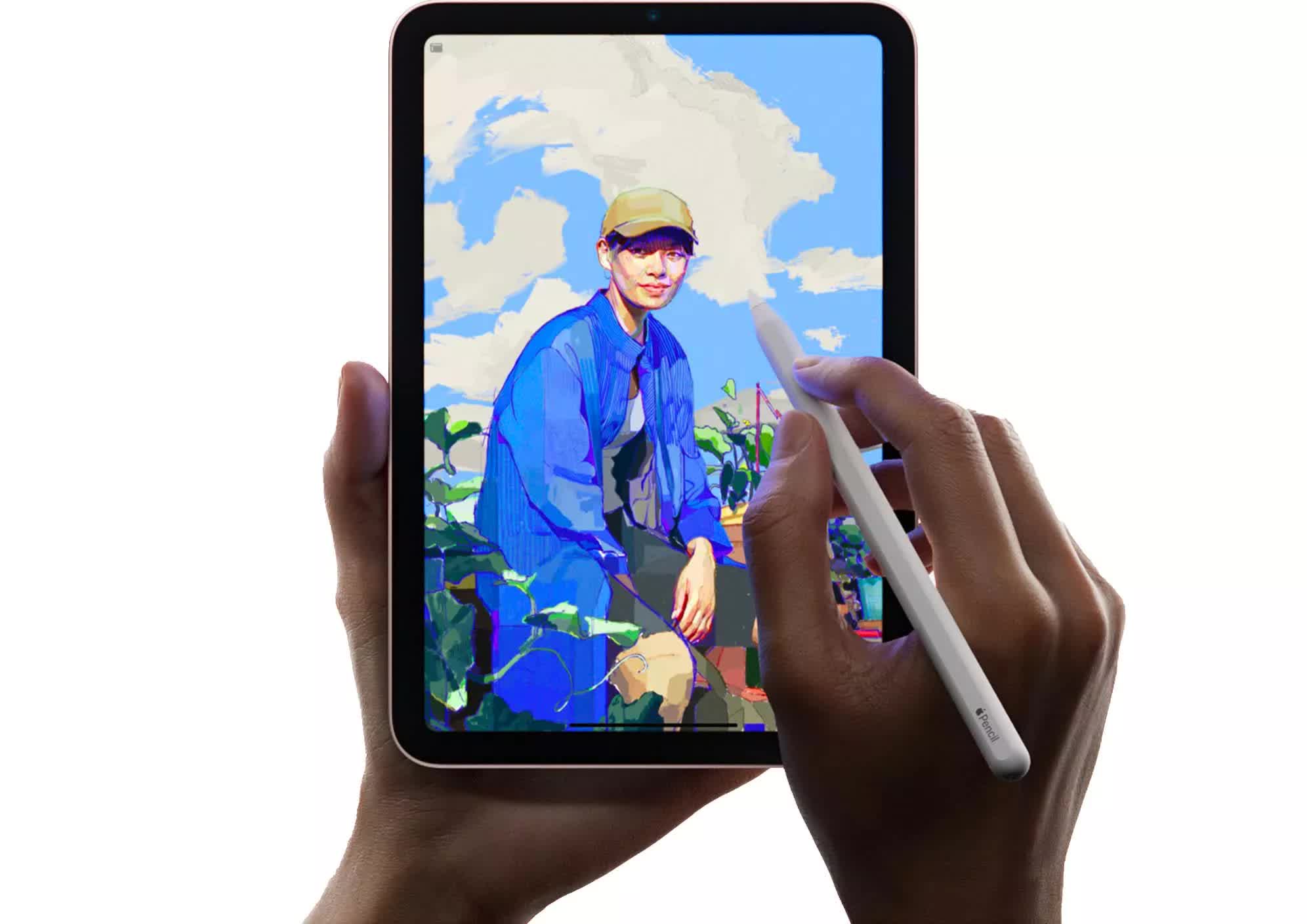
It sports the A15 Bionic chip and 4GB of RAM, which don’t match up to the most expensive models, but you won’t find anything faster in such a small package and at this price. With a 2266 x 1488 resolution, the 8.3″ display has the highest pixel density of all iPads at 326ppi. It also supports dual-band Wi-Fi.
The iPad Mini only supports Bluetooth keyboards, but it supports the 2nd-gen Pencil. It also has 4 color options. It starts at $499 with 64GB of storage and Wi-Fi, and for $150 more you’ll get 256GB storage.
Should you get the iPad Air?
The iPad Air (5th-gen) retains the same all-screen design and 10.9″ display of the previous model. With the M1 chip and 8GB of RAM, it’s a great choice for 3D games, multi-tasking and even certain productivity types such as 3D modeling.

For those who want to use the Air for work, it is compatible with the Magic Keyboard and Smart Keyboard Folio, as well as the 2nd-gen Pencil, but not the Magic Keyboard Folio.
Another reason to get it is if you prefer Touch ID over FaceID. It’s also the iPad with the most color options. The only reason we don’t recommend the iPad Air to video editors is the limited storage options: it starts at $599 for the Wi-Fi 64GB version, and for $150 more you’ll get 256GB of storage.
What do you get with the iPad Pro 11-inch?
The iPad Pro 11″ is the choice for several types of professionals. If you are a graphic artist, drawing on a 120Hz display will be a different experience. If you are an indoor designer who wants to show your clients what their kitchen or office would look like, LiDAR is a must-have.
The M2 chip is superior to the M1 powering the Air, especially for graphical work, and its USB-C connector supports USB4/Thunderbolt speeds. The Wi-Fi + Cellular version supports both sub-6GHz and mmWave 5G, unlike the cheaper models.

The bezels in the iPad Pro are slimmer than in the Air, and it’s compatible with the same accessories. You also get four speakers, and a TrueDepth ultra-wide 12MP front camera with Pencil hover, Animoji and Memoji support.
The 11″ Pro starts at $799 for the Wi-Fi only version with 128GB of storage and 8GB of RAM. For $899 you can bump up the storage to 256GB, and for $1,099 you will get 512GB.
If you want 1TB or 2TB of storage and 16GB of RAM, you’ll need to pay $1,499 or $1,899 respectively, which honestly sounds ridiculous.
The iPad Pro 12.9-inch goes Mini-LED
If you are a video editor who works on the go, the 12.9” Pro might be the device of your dreams. The Mini-LED display with 1600 nits of peak brightness (1000 for the whole screen), only has some of the most expensive laptops out there as competitors.
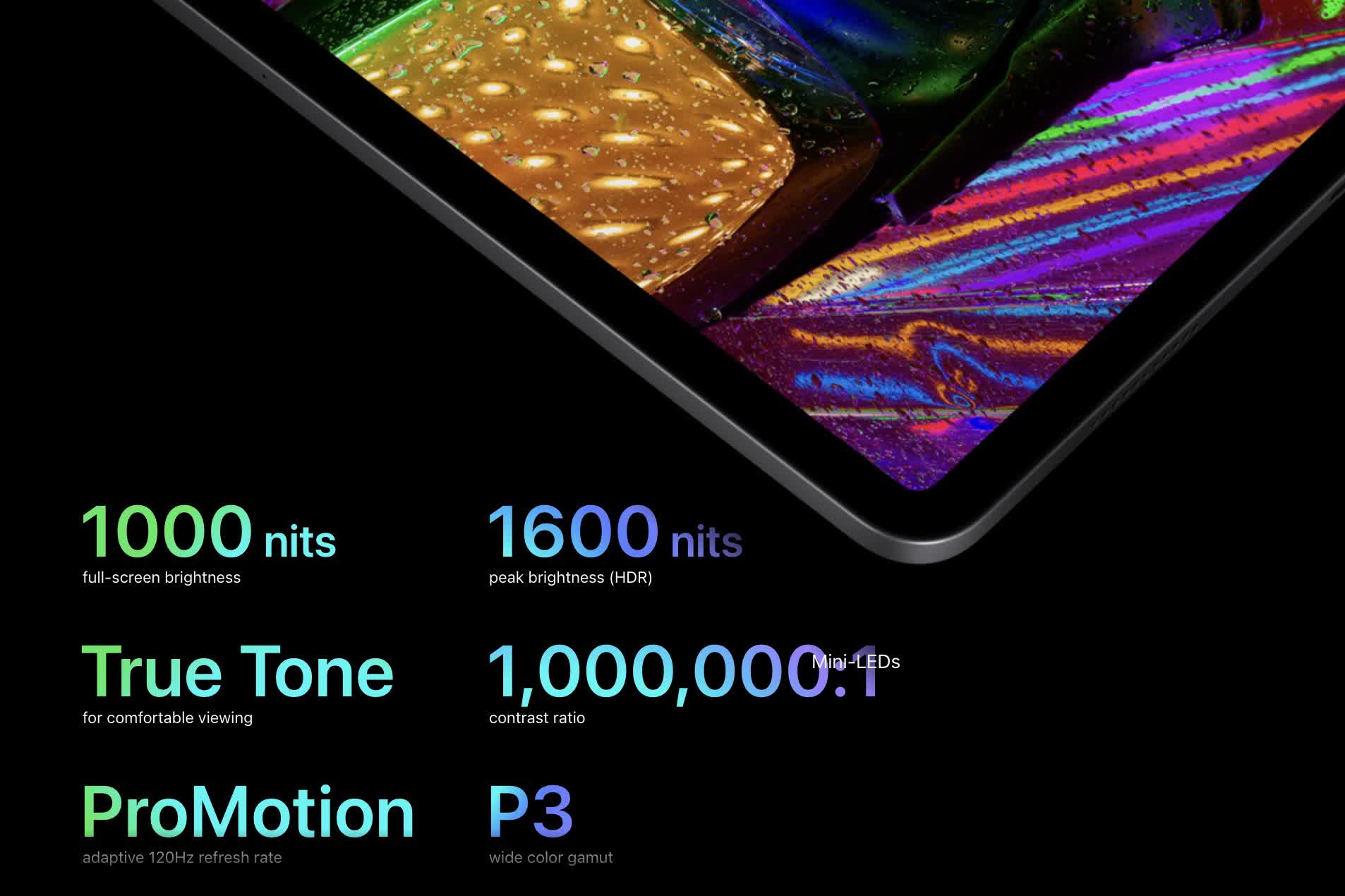
It’s also a great backup camera, with optical zoom out, extended dynamic range and ProRes recording (up to 30fps), audio zoom and stereo recording. It offers all of the advantages of the 11″ Pro except for portability.
As for pricing, take the 11-inch Pro’s prices and add $300 to each storage tier. It’s $1,099 for the cheapest, Wi-Fi only, 128GB version. The cheapest version with 16GB of RAM is $1,799, and the 2TB version is $2,199, or $2,399 with a cellular option.
Should you get a Wi-Fi + Cellular iPad?
- Adding 4G to your 9th-gen iPad will make it $130 more expensive.
- Adding sub-6GHz 5G to your 10-gen iPad, iPad Mini or iPad Air will make it $150 more expensive
- Adding 5G connectivity to your iPad Pro will make it $200 more expensive.
Sure, you can turn your smartphone into a hotspot, but doing so will drain the batteries of both devices. The more expensive your iPad is, the more painful it’ll be to replace it for the lack of cellular connectivity. If you are going to buy a Pro model with 1TB or more storage, those $200 shouldn’t be a problem for you.
Source by www.techspot.com






















